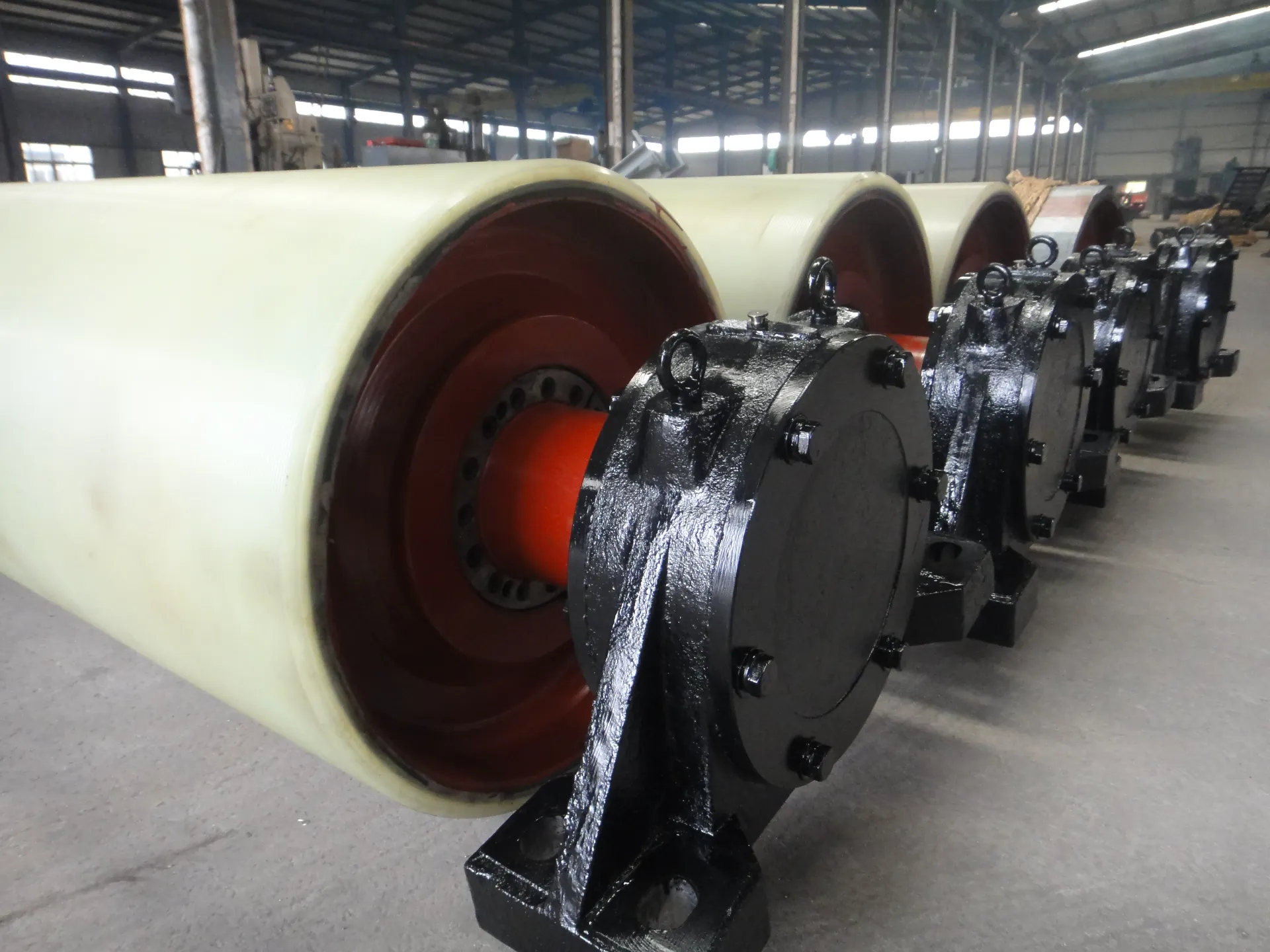 Afrikaans
Afrikaans  Albanian
Albanian  Amharic
Amharic  Arabic
Arabic  Armenian
Armenian  Azerbaijani
Azerbaijani  Basque
Basque  Belarusian
Belarusian  Bengali
Bengali  Bosnian
Bosnian  Bulgarian
Bulgarian  Catalan
Catalan  Cebuano
Cebuano  Corsican
Corsican  Croatian
Croatian  Czech
Czech  Danish
Danish  Dutch
Dutch  English
English  Esperanto
Esperanto  Estonian
Estonian  Finnish
Finnish  French
French  Frisian
Frisian  Galician
Galician  Georgian
Georgian  German
German  Greek
Greek  Gujarati
Gujarati  Haitian Creole
Haitian Creole  hausa
hausa  hawaiian
hawaiian  Hebrew
Hebrew  Hindi
Hindi  Miao
Miao  Hungarian
Hungarian  Icelandic
Icelandic  igbo
igbo  Indonesian
Indonesian  irish
irish  Italian
Italian  Japanese
Japanese  Javanese
Javanese  Kannada
Kannada  kazakh
kazakh  Khmer
Khmer  Rwandese
Rwandese  Korean
Korean  Kurdish
Kurdish  Kyrgyz
Kyrgyz  Lao
Lao  Latin
Latin  Latvian
Latvian  Lithuanian
Lithuanian  Luxembourgish
Luxembourgish  Macedonian
Macedonian  Malgashi
Malgashi  Malay
Malay  Malayalam
Malayalam  Maltese
Maltese  Maori
Maori  Marathi
Marathi  Mongolian
Mongolian  Myanmar
Myanmar  Nepali
Nepali  Norwegian
Norwegian  Norwegian
Norwegian  Occitan
Occitan  Pashto
Pashto  Persian
Persian  Polish
Polish  Portuguese
Portuguese  Punjabi
Punjabi  Romanian
Romanian  Russian
Russian  Samoan
Samoan  Scottish Gaelic
Scottish Gaelic  Serbian
Serbian  Sesotho
Sesotho  Shona
Shona  Sindhi
Sindhi  Sinhala
Sinhala  Slovak
Slovak  Slovenian
Slovenian  Somali
Somali  Spanish
Spanish  Sundanese
Sundanese  Swahili
Swahili  Swedish
Swedish  Tagalog
Tagalog  Tajik
Tajik  Tamil
Tamil  Tatar
Tatar  Telugu
Telugu  Thai
Thai  Turkish
Turkish  Turkmen
Turkmen  Ukrainian
Ukrainian  Urdu
Urdu  Uighur
Uighur  Uzbek
Uzbek  Vietnamese
Vietnamese  Welsh
Welsh  Bantu
Bantu  Yiddish
Yiddish  Yoruba
Yoruba  Zulu
Zulu conveyor idler types
Different Types of Conveyor Idlers
Conveyor systems are pivotal in various industries for the efficient transportation of materials. One critical component of these systems is the conveyor idler, which plays a crucial role in supporting the conveyor belt and ensuring smooth material movement. Idlers are designed in various configurations to optimize performance and enhance efficiency in material handling. In this article, we will explore the different types of conveyor idlers, their applications, and their significance in the overall conveyor system.
1. Roller Idlers
Roller idlers are the most common type of idler used in conveyor systems. They consist of a series of rollers mounted on frames, allowing for the belt to slide over them with minimal friction. Roller idlers are classified into three main categories carrying idlers, return idlers, and transition idlers.
- Carrying Idlers These idlers support the weight of the material being transported on the conveyor belt. They are typically arranged at regular intervals along the conveyor to provide adequate support. - Return Idlers Located on the return section of the conveyor, these idlers help guide the belt back to the loading point. They help maintain the belt’s alignment and support its weight during the return journey.
- Transition Idlers These are installed at points where the belt changes direction or transitions between various conveyor components. Transition idlers are critical for preventing belt sag and facilitating smooth transitions.
2. Impact Idlers
Impact idlers are designed to absorb the shock of heavy loads dropping onto the conveyor belt. They are strategically placed at loading points to minimize damage to the conveyor system. The rollers of impact idlers are typically equipped with shock-absorbing features to enhance their ability to withstand high-impact forces. This type of idler is particularly important in mining and heavy-duty applications where the loads can be substantial.
3. Training Idlers
conveyor idler types

Training idlers, or guide idlers, are used to maintain proper belt alignment throughout the conveyor system. Misalignment of the conveyor belt can lead to increased wear and tear, causing operational issues. Training idlers are designed to correct and adjust the position of the belt automatically, ensuring it runs straight and reducing the risk of spillage or damage.
4. Flat Idlers
Flat idlers consist of a flat surface instead of rollers. They are typically used in applications that require a smooth surface for the belt to travel on, such as in certain food processing or packaging industries. Flat idlers help maintain the integrity of the product being transported by minimizing the risk of damage during conveyance.
5. Specialty Idlers
In addition to the standard types of idlers mentioned above, there are also specialty idlers designed for specific applications. These can include
- Chevron Idlers Designed for handling materials at steep angles, these idlers feature a raised surface to prevent material from slipping off the belt.
- Belt Support Idlers Used in high-temperature or corrosive environments, these idlers are made from materials that can withstand adverse conditions.
Conclusion
In conclusion, conveyor idlers are essential components in the efficient operation of conveyor systems. Each type of idler serves a specific purpose, optimized for various applications and environments. Understanding the different types of conveyor idlers and their functions can help in selecting the appropriate solution for your material handling needs, ultimately enhancing productivity and minimizing operational disruptions. Whether in mining, manufacturing, or logistics, the right idler choice can significantly impact the overall efficiency of conveyor operations.
-
Revolutionizing Conveyor Reliability with Advanced Rubber Lagging PulleysNewsJul.22,2025
-
Powering Precision and Durability with Expert Manufacturers of Conveyor ComponentsNewsJul.22,2025
-
Optimizing Conveyor Systems with Advanced Conveyor AccessoriesNewsJul.22,2025
-
Maximize Conveyor Efficiency with Quality Conveyor Idler PulleysNewsJul.22,2025
-
Future-Proof Your Conveyor System with High-Performance Polyurethane RollerNewsJul.22,2025
-
Driving Efficiency Forward with Quality Idlers and RollersNewsJul.22,2025





























